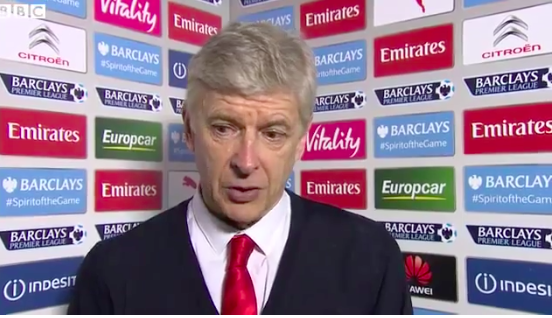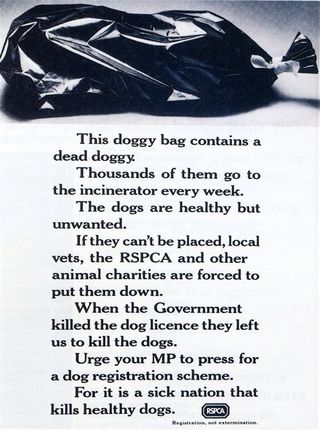Can someone explain this to me?
I find those logos fascinating.
Obviously you get more if you pay for more, but how much is the placement worth?
And how do Puma feel about getting two placements you can’t really see?
And what the hell is Vitality?
And does anyone ask the people not to move about too much for fear they might obscure a 50k logo?
Are seven Emirates logos really doing any more than six, or five?
Is anyone other than me paying any attention to them?
Huawei just paid for one with not great placement, but their logo is more clearly visible than Puma’s. Did they pay more than Puma?
Did anyone see this and use Barclays’ #spiritofthegame hashtag?
Why does Barclays use two different logos?
Would they sell their logo space if, say, Twix wanted one of their much-coveted central stripes?
Is there anything left that could really do with having a nice juicy logo slapped onto it?



